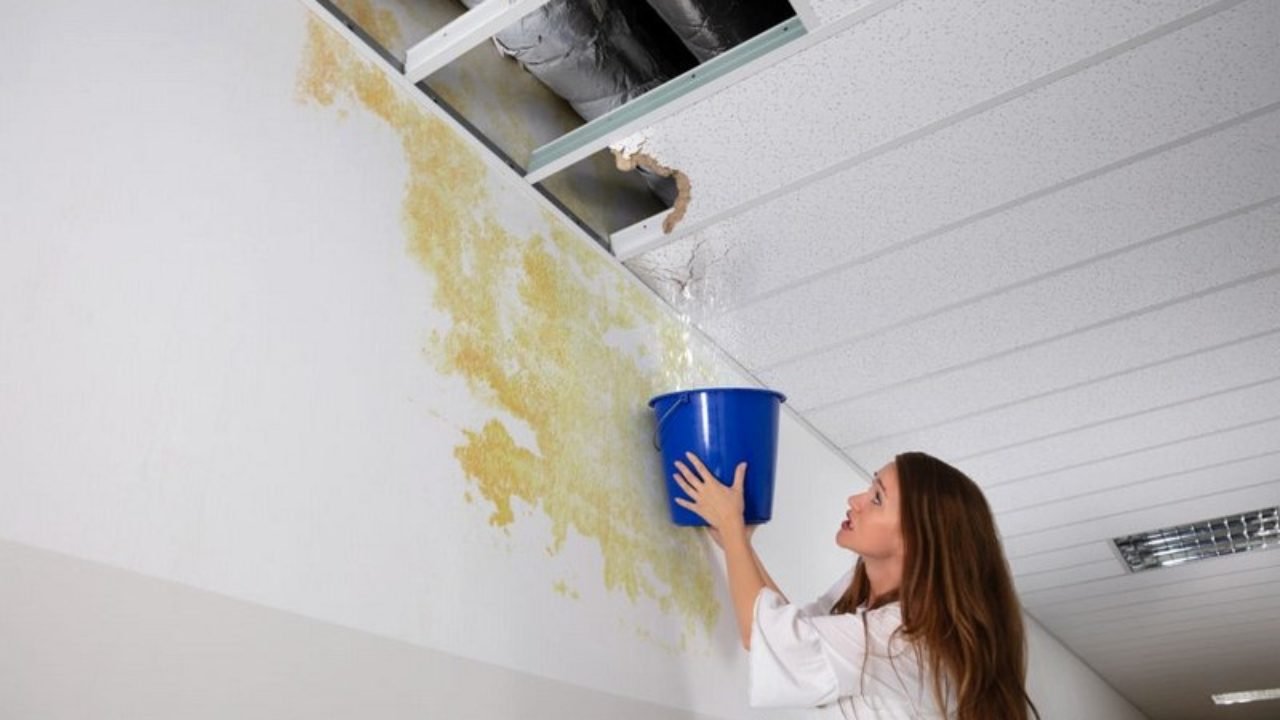Your House's Most Frequent Triggers of Leakage: In-Depth Analysis
Your House's Most Frequent Triggers of Leakage: In-Depth Analysis
Blog Article
Just how do you actually feel in regards to How to Find Water Leaks?

Leaks not only create waste of water but can likewise create unneeded damages to your residence and promote unwanted organic growth. By understanding and looking for daily circumstances that cause leakages, you can safeguard your residence from future leakages and also unneeded damage.
Intruding roots
Many water leaks start outside the home instead than inside it. You may observe damp spots or sinkholes in your lawn, as well as that could suggest that tree origins are getting into water lines triggering water to seep out.
Corroded water systems
This may be the cause of staining or bending on your water pipelines. If our plumbing system is old, think about replacing the pipes because they are at a greater threat of deterioration than the more recent versions.
Faulty Pipeline Joints
The point at which your pipes connect is frequently the weakest web link in the waterline. Pipeline joints can deteriorate in time, causing water leakages. Unfortunately, the majority of pipeline joints are not easily noticeable. If you have noisy pipelines that make ticking or banging noises, specifically when the hot water is turned on, your pipe joints are probably under a great deal of stress. It is advisable to have your plumber inspect your system yearly.
Immediate temperature level adjustments.
Severe temperature adjustments in our pipelines can create them to broaden and acquire unexpectedly. This development as well as tightening may create fractures in the pipelines, especially if the temperature level are below cold.
Poor Water Connectors
Sometimes, a leakage can be caused by loosened hoses and pipes that provide your home appliances. Usually, moving is what triggers the loose water Links. You might locate in the case of a washing maker, a hose pipe might spring a leakage as a result of shaking during the spin cycle. In case of a water connections leakage, you might observe water running directly from the supply line or puddles around your devices.
Obstructed Drains
Clogged drains could be annoying and inconveniencing, however they can sometimes end up creating an overflow causing break pipelines. Keep removing any materials that might go down your drains that might clog them to prevent such aggravations.
All the above are reasons for leakages but not all water leaks arise from plumbing leakages; some leaks may originate from roofing system leaks. All leakages should be fixed right away to stay clear of water damage.
Leakages not only create waste of water but can also trigger unneeded damage to your house as well as advertise undesirable natural development. By understanding as well as looking for day-to-day situations that create leakages, you can shield your residence from future leaks as well as unneeded damage. Today, we will look at 6 leakage triggers that may be triggering your pipes to drip.
At times, a leakage can be triggered by loose hoses and pipelines that provide your home appliances. In situation of a water links leakage, you might see water running directly from the supply line or pools around your appliances.
How To Check For Water Leak In Your Home
How To Check for Leaks
The average household's leaks can account for nearly 10,000 gallons of water wasted every year and ten percent of homes have leaks that waste 90 gallons or more per day. Common types of leaks found in the home are worn toilet flappers, dripping faucets, and other leaking valves. These types of leaks are often easy to fix, requiring only a few tools and hardware that can pay for themselves in water savings. Fixing easily corrected household water leaks can save homeowners about 10 percent on their water bills.
To check for leaks in your home, you first need to determine whether you're wasting water and then identify the source of the leak. Here are some tips for finding leaks:
Take a look at your water usage during a colder month, such as January or February. If a family of four exceeds 12,000 gallons per month, there are serious leaks.
Check your water meter before and after a two-hour period when no water is being used. If the meter changes at all, you probably have a leak.
Identify toilet leaks by placing a drop of food coloring in the toilet tank. If any color shows up in the bowl after 10 minutes, you have a leak. (Be sure to flush immediately after the experiment to avoid staining the tank.)
Examine faucet gaskets and pipe fittings for any water on the outside of the pipe to check for surface leaks.
Undetected water leaks can happen without the home or business owner even realizing. If you suspect a water leak, but not able to find the source. It is time to contact a professional water leak detection service, The Leak Doctor.
How To Find a Water Leak In Your Home
https://www.leakdoctor.com/blog/How-To-Check-For-Water-Leak-In-Your-Home_AE197.html

Do you like more info about Most Common Causes of Leaky Pipes? Create feedback directly below. We would be delighted to listen to your feelings about this blog entry. In hopes to see you back again soon. Remember to take a moment to distribute this post if you enjoyed reading it. Many thanks for your time spent reading it.
Act now! Save later. Report this page